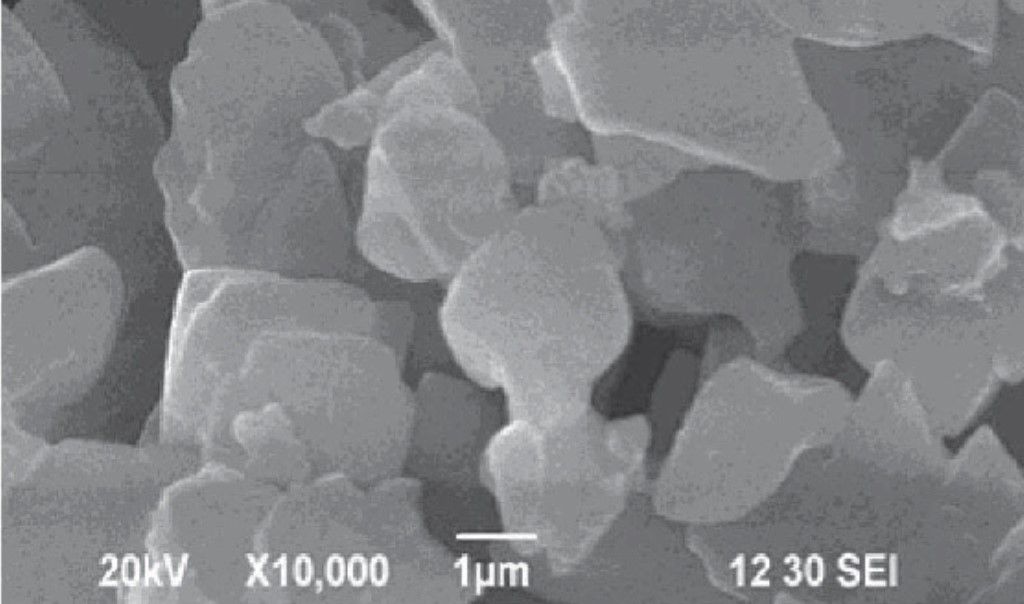The agriculture industry is at a crossroads.
It is at a crossroads because so much is being asked of it; reduce environmental impact, source raw materials sustainably, reduce CO2 emissions, reduce intensive farming methods, increase livestock and poultry welfare, improve food quality and variety, and more. Additionally, so much depends on its success; maintaining soil quality, feeding a growing global population, reducing water usage, converting poor quality soil to farmland and even more. Yet there are no easy answers to be found.
One possible solution to many of these challenges is the expansion of our understanding and application of nanofertilizers. Their ability to control the release of nutrients, extend periods of fertilizer effectiveness, reduce soil toxicity, reduce frequency of application, and lessen the risk of over dosage all help to meet the demands being made of the fertilizer industry.
Given the range of opportunities available in the nanofertilizer sector, it is worth taking a look at what current technology is able and is not yet able to achieve.
Nanoparticles as Nanofertilizer
Most progress within the nanofertilizer industry has been made in the development of nanoparticles. Minute applications of nutrients which due to their small size are able to work their way inside crops to where they are needed.
Originally, most attention was given to metallic nanoparticles, such as silver (Ag) and gold (Au), however the high cost of chemical synthesis and the process’s use of hazardous chemicals has lessened interest in recent years.

Instead, research has found positive results from the application of nanoscale plant extracts. This is particularly prominent because of their greener raw material sourcing. Other areas of discovery include the use of oxidized nanomaterials, such as titanium dioxide, calcium oxide (CaO), zinc oxide ZnO, and magnesium oxide (MgO). This is due to their superior catalytic, electrical, and light absorption properties. Meanwhile work on ionizing radiation chemistry in aqueous solutions is also progressing.
More recently, the research into polymeric nanomaterials (nanomaterials applied with a polymer coating) has expanded due to their low production cost, biocompatibility, and ability to respond to external stimuli (release upon reaction with UV, near infra-red [NIR], acoustic waves, humidity, temperature etc.).
Nanogels as Nanofertilizer
The introduction of nanogels as a crop nutrition method began as recently as 5 years ago, however they have already shown great potential. As a study published in Frontier in Bioengineering and Biotechnology explains, “Nanogels (NGs) are a new category of nanomaterials with a growing interest in the nanotechnology community. They have excellent physicochemical properties, colloidal stability, high encapsulation capacity of biomolecules (bioconjugation), and stimuli-responsiveness (pH, temperature, etc.).”

They are described as, “… nano-sized ionic and non-ionic hydrogels made of synthetic or natural polymeric chains, chemically or physically cross-linked. Possessing a high water content (70–90% of the entire structure), a high degree of porosity and high load capacity. The most common NGs are chitosan, alginate, poly(vinyl alcohol), poly(ethylene oxide), poly(ethyleneimine), poly (vinylpyrrolidone), poly(N-isopropylacrylamide).” Adding that, “NGs with hybrid structures, made of polymeric or non-polymeric materials can also be obtained.”
Issues with Nanofertilizers
The introduction of any new technology is never completely smooth, and the nanofertilizer industry is facing its own unique challenges.
Specifically, there are objections to the accumulation of nanomaterials, especially nanometallic particles, in treated soils and the risk they may pose microbial communities such as small invertebrates, bacteria, and fungi that inhabit healthy soils.
Research to date, has proven the effectiveness of nanofertilizers in improving yields in crops such as mung beans, cucumber, and rape, while the application of multi-walled carbon nanotubes have been found to double the number of fruits and flowers in tomato plants due to the way they activate genes and proteins inside the plant. However, there is scant evidence and research on the long-term effect of these products on human and livestock health, nor on crop quality.
In response to these concerns, researchers have been working on nanofertilizers with more natural raw materials. For example, the use of the natural polymer, chitosan, has been shown as effective for the controlled release of nitrogen, phosphorus, and potassium in wheat through foliar uptake. While the naturally occurring mineral form of mineral form of calcium apatite has been applied as hydroxyapatite nanoparticles, enhancing soybean growth rate and seed yield by 33 and 20%, compared to a regular phosphate fertilizer.
Researchers believe that the use of raw materials that are less toxic in their bulk form will also have less toxicity in nanoform.
However, despite these drawbacks nanofertilizers offer a range of solutions to the agriculture industry.
Their ability to control or slow down the release rate of nutrients will be crucial to reducing run off. Their smaller scale will aid the cutback on CO2 emissions. Expanding the use of natural polymers and plant extracts will increase sustainability, while their lower bulk volume will support fertilizer delivery to regions with poor infrastructure, aiding both the improvement of poor soil quality and the feeding of populations where malnutrition is already an issue.
Given all these factors, while research is ongoing and expansion of nanofertilizer production has yet to reach anything near the scale of more conventional fertilizer manufacturing, the future looks very bright for the nanofertilizer industry.
Photo credit: IPNI, Fertilizer, Researchgate, NPR, IOPScience, & Springer
